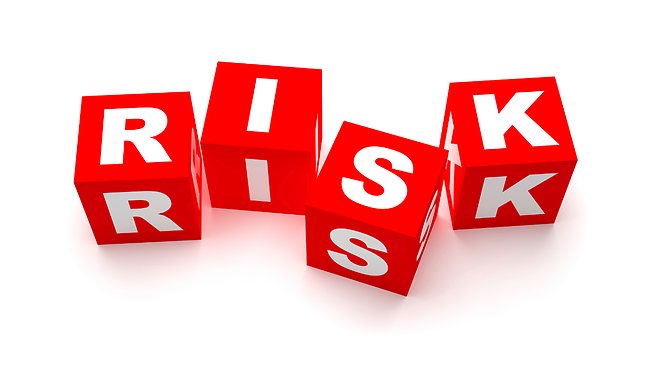Working on board a ship often exposes seafarers to a variety of work-related accidents and incidents. In most cases, these may have been easily avoided had a proper risk assessment been undertaken. The Shipowners P&I Club has begun a year-long project to assist operators in incorporating a risk assessment ethos into their on board operating procedures. The Club has further identified some routine shipboard tasks which have given rise to avoidable claims in order to advise Members on how to mitigate such claims.
While the Club acknowledges that many operators already have a formal risk assessment process in place these examples, which are provided for guidance purposes only, will be of benefit to those who may not have the shore side management infrastructure in place and therefore may not have access to such procedures.
What is a risk assessment?
A risk assessment is simply an assessment of risk. It is an examination of a task or job that may be carried out on board to identify the presence of hazards that may cause harm to people, property or the environment.
When should a risk assessment take place?
Risk assessments should be routinely carried out and be reviewed every year or whenever there are significant changes to either the ship or associated working activities. Risk assessments can be used as a reference document when giving a tool box talk prior to carrying out a task.
What is risk?
Risk is a combination of the likelihood of an incident or accident happening and the severity or consequence of the harm or damage.
All individuals perceive risk differently and it is therefore important that the individual carrying out an assessment has sufficient training and guidance to ensure that the task is performed in a consistent and thorough manner.
Risks can be identified by an individual or team who sit down and discuss the possible hazards associated with it.
How can you measure likelihood, severity and consequence?
A record of incidents and accidents can be helpful in identifying the likelihood of a risk, along with data analysis, simulation or trials. These can be measured with basic grading scales such as ‘highly unlikely’, ‘unlikely’ or ‘likely’ or can be more specific such as ‘rare – less than once in 100 years’, ‘unlikely – one or more times in 100 years’, ‘possible – one or more times in ten years’, ‘Likely – one or more times per year’ or, ‘almost certain – ten or more times per year’.
A record of incident statistics including near miss data and professional judgement is helpful in identifying the severity and consequence of a risk. As above, these can be measured with basic grading scales such as ‘slightly harmful’, ‘harmful’ or ‘extremely harmful’. Alternatively, they can be more specific such as minor injury/minor damage, injury/damage, major injury/death/major damage, multiple deaths.
When deciding on priorities for the application of control measures, the frequency of the activity should also be taken into account; for example, it may be more urgent to address a ‘moderate’ level of risk in a process that occurs every day than to impose controls over an activity that involves ‘substantial’ risk, but will not be carried out in the near future.
Applying control measures to reduce the risk
Control measures may be applied either to reduce the likelihood of the occurrence or to reduce the severity of the consequences. Once the controls have been applied the score of the combination of likelihood and severity/consequence should be re-calculated to ensure the risk has been mitigated to the lowest possible level. If this level still remains unacceptable, further controls must be put into place before the task/job is undertaken.
Monitoring the effectiveness of the controls
A risk assessment is just a snap shot in time, our surroundings are constantly changing therefore monitoring the effectiveness of the controls and assessment of the risks needs to be done on a regular basis, especially if a trend starts to develop with accidents, incidents and near misses.
Source: The Shipowners P&I Club





























































